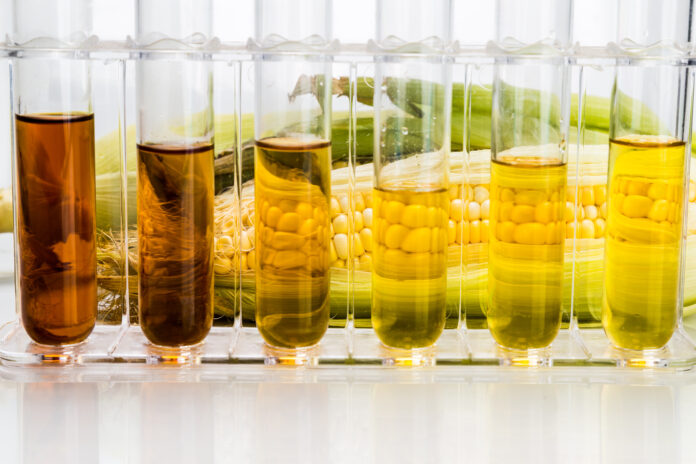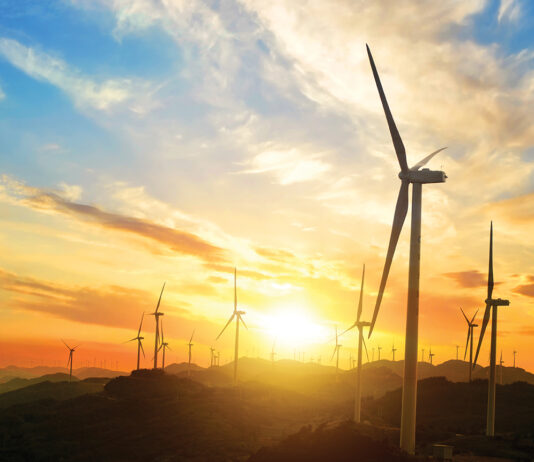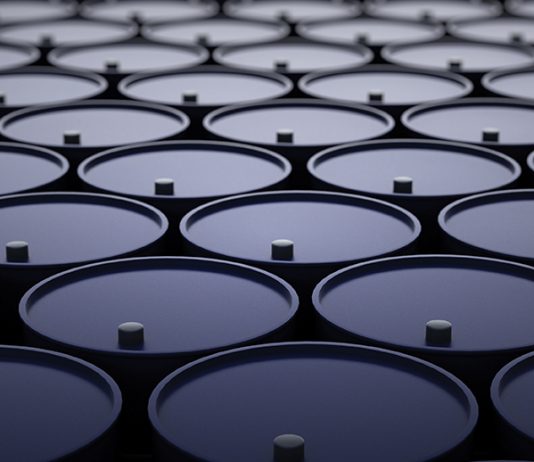
Biofuels are expected to play a significant role in the green transition. This waste can be manipulated to power that can assist with various things from cars to planes and much more.
Although the technology to produce biofuels has been around for a while, there has been little incentive to expand. As President Biden and other world powers push companies to decarbonize their operations, biofuels are now getting the attention they’ve long deserved. Not to mention, they’re finally getting backed by climate policy and government funding.
Biofuels are typically produced using biomass materials – also known as feedstocks – including agricultural waste, soybean oil, and animal fats. Biomass can be converted directly into liquid biofuels, such as ethanol and biodiesel, to power various modes of transport. Biofuels can also be used for heating and electricity generation. Their ability to be produced from waste that is otherwise discarded, like used vegetable oil, is a massive selling point.
In 2021, the United States consumed approximately 16.8 billion gallons of biofuels. The utilization of this low-carbon energy source has made tremendous strides in recent years. However, this still falls far below gasoline consumption, which totaled around 134.83 billion gallons in the same period.
What Role is the Department of Energy Playing in Biofuel Production?
In January, the Department of Energy (DoE) announced $118 million in funding for the expansion of biofuel production in the U.S. This funding serves as part of the effort to accelerate President Biden’s climate policies. The DoE will split the funding across 17 projects to boost biofuel production. Financing will be provided to universities and private companies for pre-pilot, pilot, and demonstration projects. The DoE hopes this will eventually contribute to the production of millions of gallons of biofuels. In the past two years, the DoE has pumped over $500 million into bioenergy and biorefinery research and development, setting the groundwork for this advancement.
U.S. Secretary of Energy Jennifer M. Granholm stated of the funding: “Biofuels are a versatile tool because they have the immediate potential to power our ships, trains, airlines and heavy-duty vehicles—a huge contributor to total carbon emissions—with a significantly reduced carbon footprint.” Granholm added, “DOE investments are helping to build out a domestic bioenergy supply chain that increases America’s energy independence, creates jobs, and accelerates the adoption of cleaner fuels for our transportation needs.”
The Green Fuel of the Future
The International Energy Agency (IEA) has long hailed biofuels as the green fuel of the future. The global demand for biofuels is expected to grow by around 41 billion liters, or 28%, between 2021 and 2026. Demand for renewable diesel – also known as hydrogenated vegetable oil [HVO] – is expected to nearly triple. The International Energy Agency (IEA) has long hailed biofuels as the green fuel of the future. As such, the global demand for biofuels is expected to grow by around 41 billion liters, or 28%, between 2021 and 2026. Demand for renewable diesel – also known as hydrogenated vegetable oil [HVO] – is expected to nearly triple. Government climate policies worldwide are helping to accelerate this market expansion. As innovations drive down the cost of biofuels, and governments provide incentives for production, more companies are being encouraged to use waste to produce fuel.
Moreover, the biofuel industry has been growing steadily in recent years in the U.S. The introduction of new climate policies and decarbonization incentives only leaves room for more expansion. By the beginning of 2022, the U.S. biofuel plant production capacity reached 21 billion gallons per year, across 275 plants. Further, the biofuel most produced in this period was ethanol, at around four-fifths of the total output. Presently, the main biofuel production region is the Midwest. Iowa, Nebraska, and Illinois produced around half of the country’s ethanol. There were 72 plants producing biodiesel, with a production capacity of 2.3 billion gallons per year in 2022. Other biofuels being produced on a smaller scale include renewable heating oil, renewable jet fuel, renewable naphtha, and renewable gasoline.
What is Biden’s Plan to Incentivize Biofuel Production?
Previously, in late 2022, the Biden administration unveiled a three-year plan to develop the country’s biofuels policy to boost output. This plan would use this fuel in strategy in other industries, such as electric vehicle (EV) manufacturing. Biden hopes to encourage a shift away from fossil fuel-powered vehicles to greener alternatives, to support the reduction of greenhouse gas emissions. The plan, which will be managed by the Environmental Protection Agency, will require oil refiners to add 20.82 billion gallons of biofuels to their fuel in 2023, 21.87 billion gallons in 2024, and 22.68 billion gallons in 2025. Over 15 billion gallons of this fuel will come from conventional biofuels like corn-based ethanol. However, the rest is from advanced fuels such as those produced using switchgrass, animal fats, or methane from dairy farms and landfills.
In essence, the plan includes providing credits to EV manufacturers to incentivize electric car makers to use biofuel-generated electricity for EV charging. The executive director of the Advanced Biofuels Business Council, Brooke Coleman, explained: “We’re encouraged that the Biden administration continues to recognize the powerful role that the RFS (renewable fuel standard) can play in decarbonizing transportation.” Brooke said this strategy could help “unleash years of pent-up innovation in advanced and cellulosic biofuels.”
While the biofuel industry has existed for several years, the drive for innovation in the U.S. is just beginning. With the assistance of Biden’s new climate policies, along with the DoE’s funding, we are making tremendous strides. Thanks to this push by the government to accelerate the expansion of the biofuels industry, the U.S. could soon become a major producer and exporter of innovative, low-carbon fuels.

Author’s Bio
Felicity Bradstock is a freelance writer specializing in Energy and Industry. She has a Master’s in International Development from the University of Birmingham, UK, and is now based in Mexico City.
















